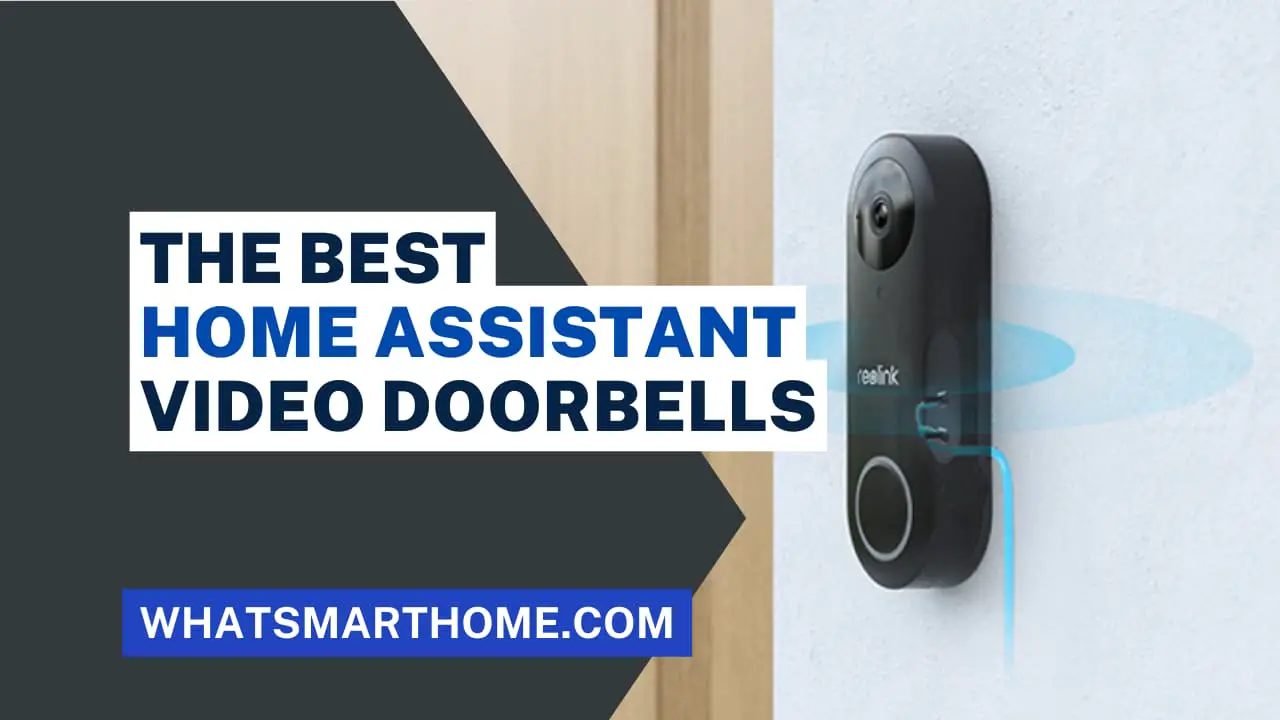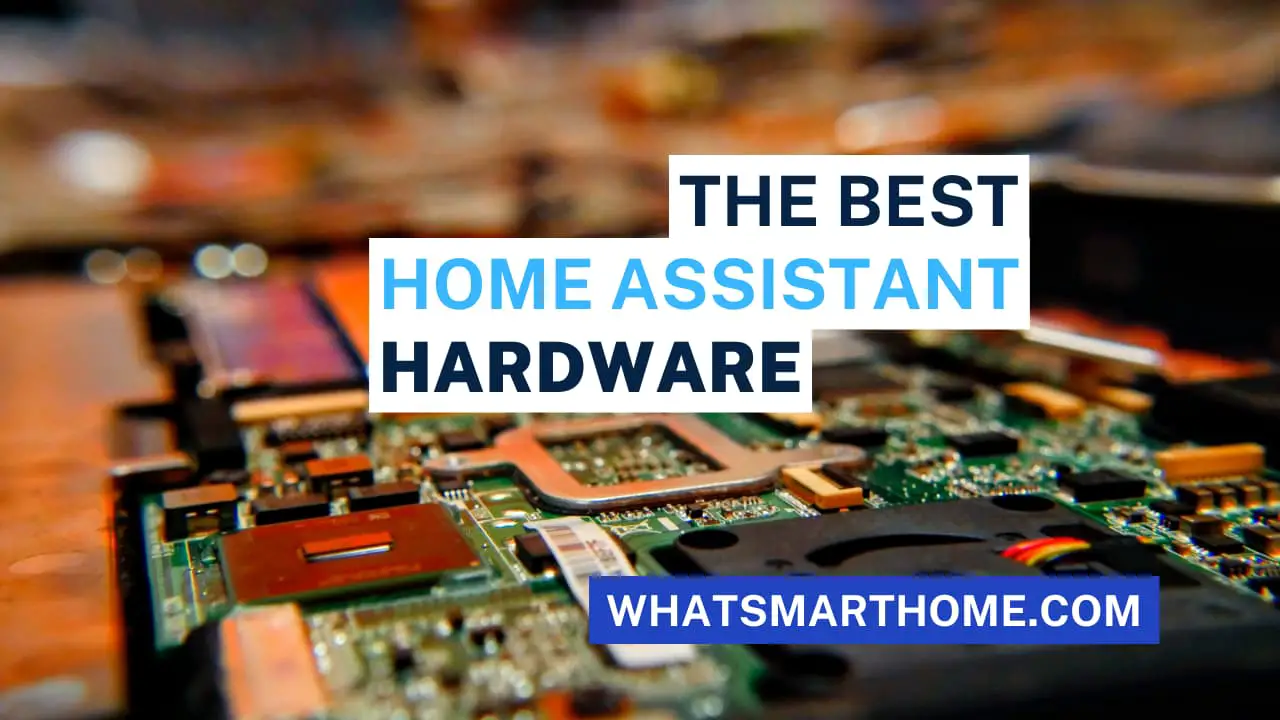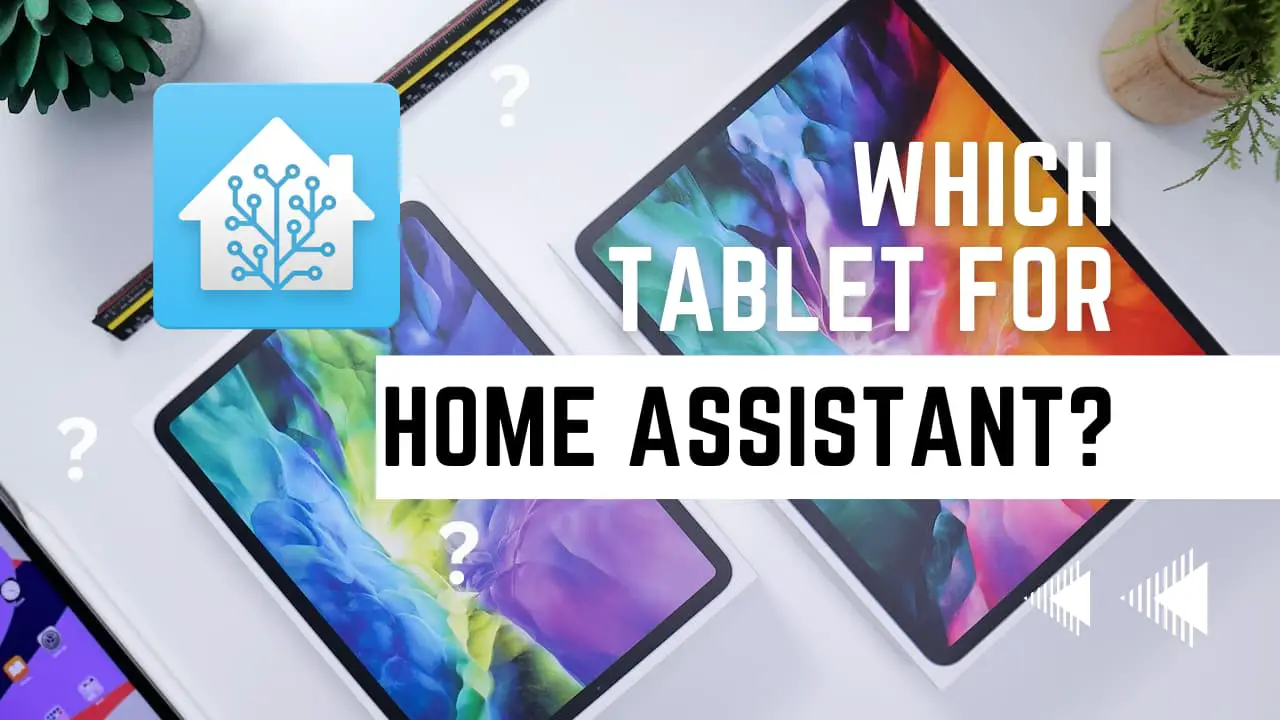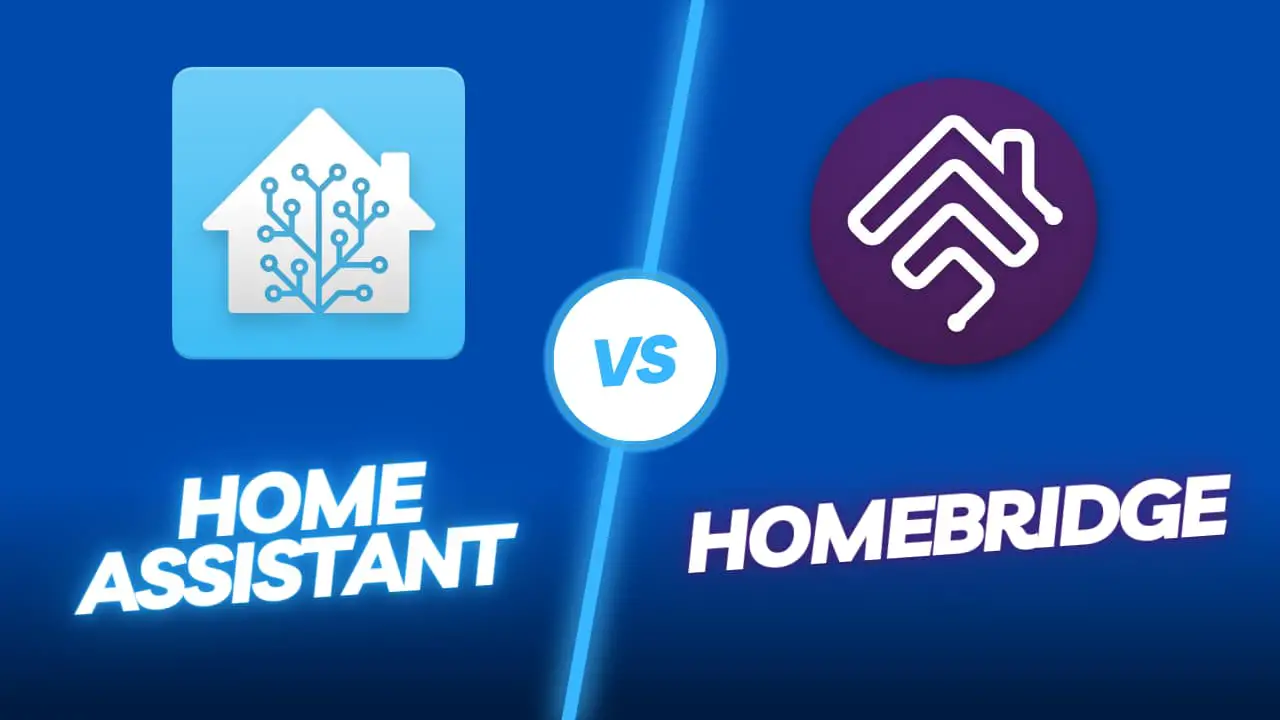
If you're interested in creating a smart home, you've probably heard of Home Assistant and Homebridge. Both of these tools allow you to control your smart devices from one place, but they have different approaches and features.
In this article, I will compare Home Assistant vs Homebridge to help you decide which one is better for your needs.
Smart homes are becoming more popular and for good reason. They offer convenience, energy savings, and increased security. However, with so many smart home platforms to choose from, it can be difficult to know which one to choose.
What is Home Assistant?
Home Assistant is an open-source home automation platform that allows you to control your smart home devices from a single interface.
It can be installed on a Raspberry Pi, a Linux machine, or a Docker container.
Home Assistant supports over 2400 integrations, including popular smart home devices like Philips Hue, Nest, and Sonos.
With Home Assistant, you can create automations and scripts to control your smart home devices based on various triggers, such as time of day, sensor readings, or voice commands.
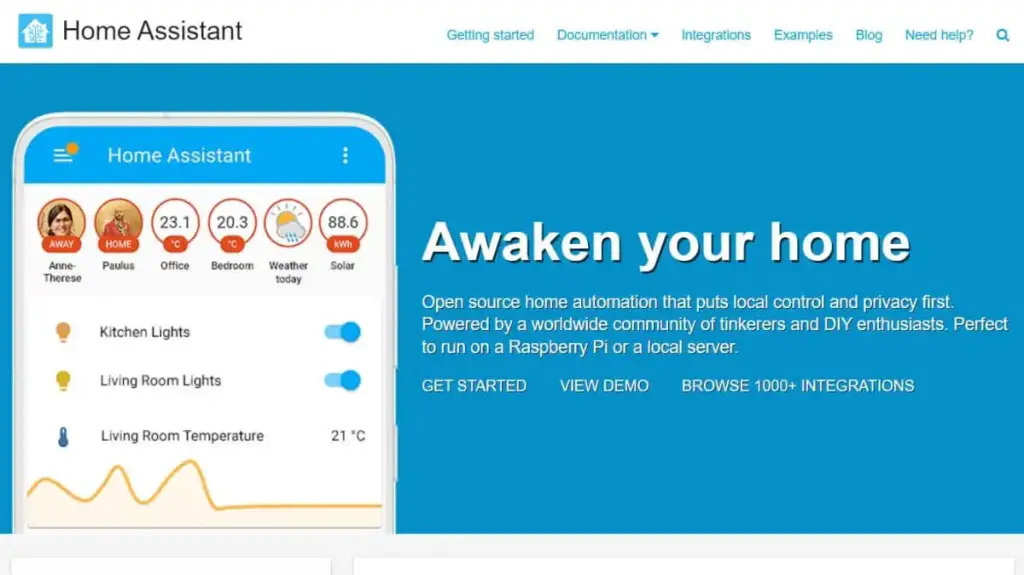
What is Homebridge?
Homebridge is an open-source platform that allows you to use non-HomeKit-enabled smart home devices with Apple HomeKit.
It is installed on a computer or a Raspberry Pi and acts as a bridge between HomeKit and other smart home devices.
Homebridge supports over 2000 plugins, allowing you to connect a wide range of smart home devices to your Apple HomeKit ecosystem.
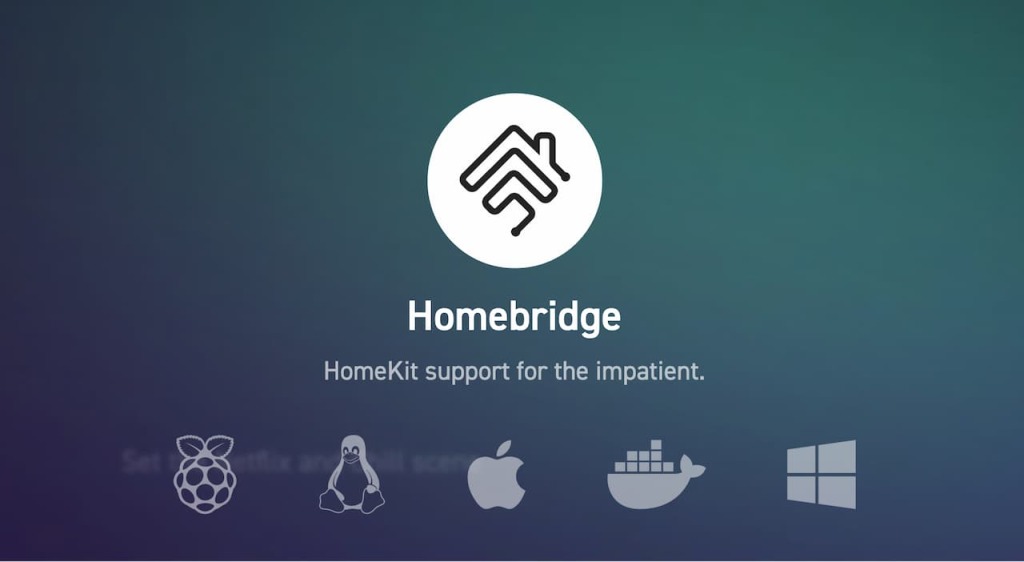
Do I need Homebridge and Home Assistant?
Whether you need both Homebridge and Home Assistant depends on your specific smart home setup and preferences.
If you only have non-HomeKit devices that you want to integrate with your HomeKit ecosystem, then you may only need Homebridge. However, if you have a more complex smart home setup and want to create advanced automation rules, then Home Assistant may be more appropriate.
If you want to have HomeKit devices in Home Assistant then you can use the HomeKit integration.
Is Homebridge part of Home Assistant?
Homebridge is not a part of Home Assistant. They are two separate software platforms that serve different purposes in the smart home ecosystem.
Both Homebridge and Home Assistant can help you control and automate smart home devices, they have different purposes and functionalities. Homebridge specializes in integrating non-HomeKit devices with the HomeKit ecosystem, while Home Assistant provides a comprehensive platform for controlling and automating smart home devices from various manufacturers and protocols.
Home Assistant vs Homebridge - The Comparison
Installation and Setup
Both Home Assistant and Homebridge require some technical knowledge to set up.
Home Assistant can be installed on a Raspberry Pi, a Linux machine, or a Docker container. Once installed, you can access the user interface through a web browser.
Homebridge can be installed on a computer or a Raspberry Pi, and you can manage it through a web interface or a command line interface.
User Interface
Home Assistant has a user-friendly interface that can be accessed through a web browser or a mobile app. The interface is customizable, allowing you to create dashboards that display the information you need at a glance.
Homebridge does not have a native user interface. Instead, you manage it through a web interface or a command line interface.
Integration with Smart Home Devices
Both Home Assistant and Homebridge support a wide range of smart home devices.
Home Assistant has over 2400 integrations, including popular devices like Philips Hue, Nest, and Sonos.
Homebridge has over 2000 plugins, allowing you to connect non-HomeKit-enabled devices to your Apple HomeKit ecosystem.
Automations and Scripts
Both Home Assistant and Homebridge allow you to create automations and scripts to control your smart home devices.
Home Assistant's automation engine is powerful and flexible, allowing you to create complex automations based on various triggers, such as time of day, sensor readings, or voice commands.
Homebridge relies on plugins to create automations, which can be more limited than Home Assistant's automation engine.
Voice Control
Both Home Assistant and Homebridge support voice control through popular virtual assistants like Amazon Alexa and Google Assistant.
Home Assistant also supports voice control through its own companion app, allowing you to control your smart home devices using your voice.
Compatibility with Other Platforms
Home Assistant is compatible with various platforms, including iOS, Android, Windows, and macOS. It also supports integrations with other smart home platforms like SmartThings and Alexa.
Homebridge, on the other hand, is primarily designed to work with Apple HomeKit and is not compatible with other platforms.
Community Support and Resources
Both Home Assistant and Homebridge have active communities that provide support and resources for users.
Home Assistant has a large community of developers and users, which has resulted in a wide range of plugins, integrations, and custom components.
Homebridge also has a dedicated community that provides plugins and support for users.
Security and Privacy
Both Home Assistant and Homebridge take security and privacy seriously.
Home Assistant uses encrypted connections by default and supports two-factor authentication. It also allows you to control access to your smart home devices through user accounts and permissions.
Homebridge also supports encrypted connections and allows you to control access to your devices through user accounts.
Cost
Home Assistant is a free and open-source platform, which means you do not have to pay any fees to use it. However, you will need to purchase the hardware required to run it, such as a Raspberry Pi or a Linux machine.
Homebridge is also free and open-source, but you will need to purchase the hardware required to run it, such as a computer or a Raspberry Pi.
Pros and Cons of Home Assistant
| Pros | Cons |
|---|---|
| Open-source and free | Requires technical knowledge to set up |
| User-friendly interface | Can be resource-intensive |
| Powerful automation engine | May require additional hardware to run |
| Supports a wide range of smart home devices | |
| Compatible with a wide range of platforms | |
| Active community support and resources | |
| Strong security and privacy features |
Pros and Cons of Homebridge
| Pros | Cons |
|---|---|
| Open-source and free | Requires technical knowledge to set up |
| Wide range of plugins for non-HomeKit-enabled devices | No native user interface |
| Works with Apple HomeKit ecosystem | Limited automation capabilities |
| Compatible with a wide range of smart home devices | |
| Active community support and resources | |
| Strong security and privacy features |
Which One Should You Choose?
The choice between Home Assistant and Homebridge depends on your specific needs and preferences. Here are some factors to consider:
If you want a wide range of device compatibility and the ability to create complex automations, Home Assistant is a better choice.
If you're an Apple user and want to control your non-HomeKit devices with Siri or the Home app, Homebridge is a better choice.
If you're looking for a user-friendly interface and mobile app, both Home Assistant and Homebridge have options, but Home Assistant's interface is more customizable.
If you're concerned about privacy and security, both Home Assistant and Homebridge are open-source and allow you to control your data.
You don't have to choose between Home Assistant and Homebridge. You can use them together by setting up Homebridge as a platform in Home Assistant. This allows you to use HomeKit and Siri with your Home Assistant devices and automations.
Conclusion
Both Home Assistant and Homebridge are powerful platforms for smart home automation.
Home Assistant is a versatile platform that supports a wide range of devices and platforms, with a powerful automation engine and a user-friendly interface.
Homebridge is primarily designed to work with Apple HomeKit. It is a great choice if you already have an Apple ecosystem and want to add non-HomeKit-enabled devices to it.
Ultimately, the choice between the two platforms will depend on your specific needs and preferences.



